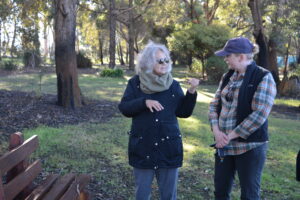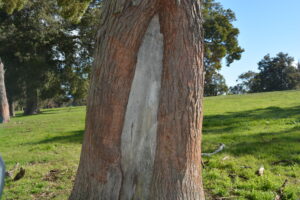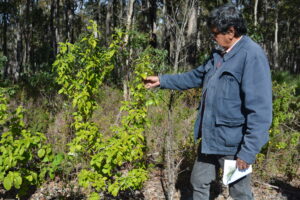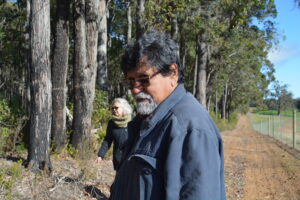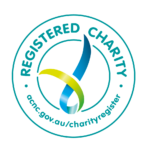Lera Bennell and Les Wallam of Roelands Village came together with a local farmer last month to discuss the history and cultural significance of the area and provide advice on how to apply Traditional Ecological Knowledge to preserve and restore natural values.
Lera is a Wadandi-Ballardong-Ganeang Elder who spent most of her childhood around the Burekup area. Les is a Noongar Elder and CEO of Roelands Village who was stolen from his family at four years old and taken to Roelands Mission, where he remained until he was 15 years old.
Roelands Mission was established in the 1940s and continued to operate until the early 1970s as part of protection and assimilation policies of the day. The Mission was repurposed into the Roelands Village, now owned and managed by the Woolkabunning Kiaka Aboriginal Corporation, which is used to teach visitors about the former Mission and Aboriginal culture. It is also being established as a working farm.
As part of its “Managing vegetation on farm, targeting pollinators and farm resilience” project, South West NRM arranged for the Elders to visit Anne-Marie Offer at her family farm in Burekup.
Lera provided information about her ancestors’ connections to Burekup. Her grandparents, Charles and Rachel Hill, were very well respected in the area, where their family harvested potatoes, carted hay and provided farm labour.
The Offer family’s original farm on Henty Road, Lilyvale, was settled by brothers Frank and Mervyn Offer on their repatriation from World War I, under the Soldiers Settlement Scheme. Originally farming potatoes, pumpkins and sheep, the family moved towards dairy farming due to the wetness of the land. Though the dairy farm has since been sold, the Offers still own the 280-hectare ‘Hill Block’, which is currently leased to a dairy farmer.
Les and Lera provided advice on bushfoods in the National Park adjacent to the Offer farm, including witchetty grubs, balga tree roots, raspberry jam wattle sap and marron from the Collie River.
They also pointed out plants that can be used for other purposes, such as balga resin for glue in tools, soapbush for washing and jarrah gum for upset stomachs.
On the farm itself, Les discovered a ‘scar tree’ which had had its bark removed for the creation of canoes, shelters, weapons, tools and other artefacts.
South West NRM Project Manager, Wendy Wilkins, said, “The Traditional Owners of this region have a wealth of knowledge to impart on the history, culture and ecology of this land. It’s important to listen and learn from those who managed this land for 60,000 years and we’re grateful for Len and Lera’s time and knowledge.”
To find out more about this project, click here.

